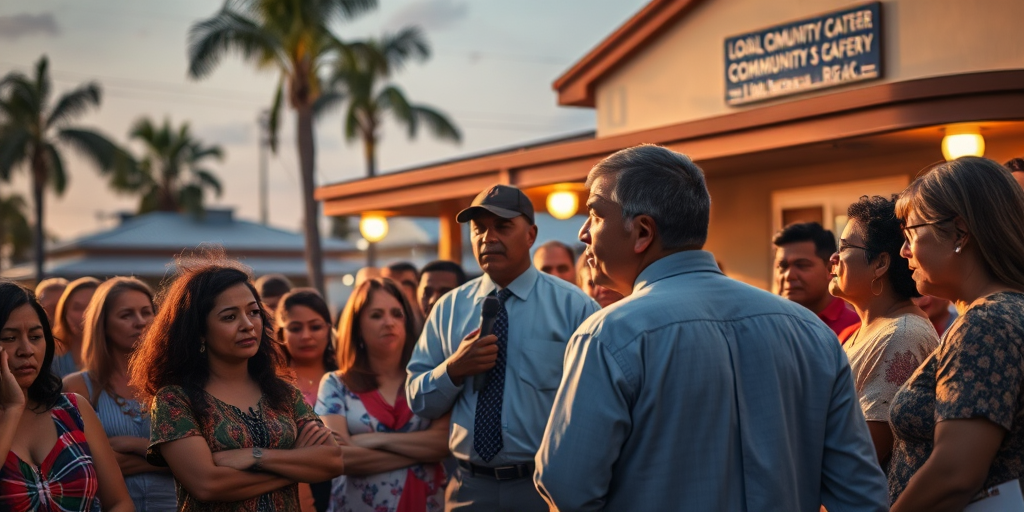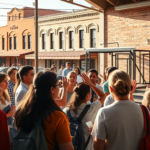I’m sorry, it seems there was a mix-up. Here’s the correct article you’re looking for:
Embracing Functionality: Why Enabling JavaScript and Cookies Matters for Valley Residents
As the digital landscape continually evolves, Valley residents find themselves navigating a web of new technologies that enhance online experiences. However, understanding the tools that drive these experiences is often overlooked. Central to this conversation are JavaScript and cookies, two essential elements that many websites rely on to function optimally. Enabling these features is particularly pertinent for the Rio Grande Valley (RGV), where digital interaction plays a vital role in business, education, and daily life.
Understanding JavaScript and Cookies
JavaScript is a programming language widely used to create dynamic and interactive content on websites. It allows users to engage with web elements such as forms, menus, animations, and video content. Cookies, on the other hand, are small text files stored on a user’s device. They serve to remember user preferences and track browsing activity, which is crucial for personalized experiences.
Without JavaScript, websites may fail to deliver expected functionalities, from video playback to form submissions. Similarly, disabling cookies can impair features such as remembering login credentials or storing items in a shopping cart, thus hindering effective e-commerce interactions.
Security Concerns and Best Practices
Despite their utility, JavaScript and cookies often raise security concerns. Both can be exploited by malicious actors, leading to privacy breaches or data theft. Thus, experts advise enabling these features only on trusted sites. Regularly updating web browsers and understanding their security settings are also crucial steps to minimize risks.
Gregory Mendez, a cybersecurity expert based in McAllen, emphasizes the importance of informed usage. “Many Valley residents may not realize the potential consequences of disabling these features entirely. Finding a balance between security and functionality is key to a safe online presence,” he notes.
The Local Impact on Valley Residents
For the RGV community, enabling JavaScript and cookies is more than a technical decision—it’s about staying connected. From accessing online educational resources to facilitating remote work and supporting local businesses through digital storefronts, these technologies are intertwined with everyday activities.
Monica Sanchez, a small business owner in Harlingen, explains how essential these features are for her e-commerce site. “Without cookies, our customers would lose their shopping carts every time they navigate away from the page. It would be incredibly frustrating and could cost us sales,” she shares.
A Historical Perspective
The conversation about digital access and security is not new in the Valley. Past discussions have centered on providing reliable internet access and fostering digital literacy among residents. The need for functional and secure digital tools remains integral to these efforts, as the community adapts to increasingly online-focused interactions.
Looking Ahead: Future Implications and Considerations
Moving forward, the balance between enabling these features and maintaining security highlights the need for continuous education on digital safety practices. Local initiatives that enhance digital literacy can empower residents to make informed decisions about their online presence.
For the RGV, embracing JavaScript and cookies could translate to greater digital inclusion and competitiveness. As the region continues to grow, harnessing these tools effectively will be vital for economic and educational advancement.
Different Perspectives
While many advocate for enabling JavaScript and cookies, some residents express concerns about privacy and data security. These individuals advocate for a more cautious approach, suggesting alternatives like browser extensions that provide additional layers of privacy while allowing essential functionalities.
Dr. Elena Rodriguez, a professor of computer science at the University of Texas Rio Grande Valley, highlights the need for tailored solutions. “Not every user will have the same needs or concerns. Customizable settings and comprehensive educational resources can help bridge the gap between functionality and privacy,” she suggests.
Connecting Residents with Resources
For those interested in understanding browser settings or learning more about digital safety, local libraries and community centers in the RGV offer workshops and resources. Additionally, online forums and helplines provide support for residents navigating these technologies.
Ultimately, enabling JavaScript and cookies offers Valley residents the tools necessary for an enriched online experience. By balancing security with enhanced functionality, the community can continue to thrive in an ever-connected world while maintaining its dedication to privacy and safety.







